New parents often find it difficult to determine how frequently to wash a baby. Daily baths can really dry your baby's skin. Conversely, you wish for your infant to be clean and smell nice as often as possible. Go through our guide on how often to bathe newborn to keep your little one hygienically safe.

How Often Should You Bathe a Newborn?
Not every newborn needs a bath. Though, how often to sponge bathe newborn? Bathing your kid too often can dry up their delicate skin. Most doctors and the American Academy of Pediatrics recommend bathing your baby two to three times a week. Their skin stays clean without losing natural oils with this frequency.
When to Bathe Baby for the First Time
he World Health Organization and pediatricians advise hospitals to wait before bathing babies.
Your kid should have their first bath 24 hours after delivery. This timing regulates your newborn's temperature and blood sugar levels. It also prolongs their skin's vernix coating. Vernix moisturizes and may fight germs.
Delaying bathing helps early skin-to-skin contact and breastfeeding. If cultural or physical circumstances prevent a full day, waiting at least 6 hours is beneficial. Check with your doctor when the best time to give your baby their first bath is.
How to Bathe a Newborn
Bathing a newborn is scary at first, but practice makes perfect. Gentle handling and safety are paramount on learning how to sponge bathe a newborn.
● Set up a level, stable surface or baby tub in a warm room. Washcloth, mild baby soap, towel, diaper, and clothes should be prepared prior.
● What temperature should bath water be for a newborn? It should be at 100°F (38°C). Check its temperature with your wrist or elbow.
● Keep them warm by toweling them and exposing only the sections you're washing. Wipe their face, eyes, and ears gently with a moist washcloth and plain water.
● Wet the washcloth with warm water or mild soap. Neck, arms, chest, back, legs, and diaper area should be gently cleaned.
● If your infant has hair, use a small drop of baby shampoo and gently rinse with a damp towel or cupped palm, avoiding the eyes.
● Rinse soap off and dry your infant with a gentle towel. Skin creases should be dried to avoid irritation.
● Clean diaper, clothing, and a fragrance-free baby moisturizer if needed.
Bathe Newborn with Umbilical Cord
Newborns should only take sponge baths until the umbilical cord stump falls off and heals. Follow these steps on how to bathe newborn with umbilical cord.
● Place your infant on a padded changing table, bed, or towel-covered counter.
● Prepare a soft washcloth, bowl of warm water, dry towel, mild baby soap (optional), clean diaper, and clothes.
● Wash your infant by undressing them and covering them with a towel. This keeps them from being cold.
● Gently clean eyes, nose, and face with a moist cloth and plain water.
● Carefully bathe your baby's neck, chest, arms, legs, and back with a damp washcloth or a little soap. Stay away from their cords.
● Wipe this area gently. Rinse soap with a clean, wet cloth.
● Do not wet or scrub the stump. It may need gentle patting, but try to let it alone.
● Pat your infant dry around the cord with a gentle towel.
● Dress them in soft clothing and a clean diaper folded below the cord stump. To speed up drying, leave the cord outside.

Bathe Newborn After Umbilical Area Is Healed
After the umbilical cord stump falls off and heals, your newborn can bathe in a small tub or sink. Gentle, brief, and safe baths help babies adjust to new experiences.
● Use a clean baby tub, plastic basin, or sink lined with a towel for extra comfort and grip. Have a soft washcloth, towel, mild baby soap, shampoo (if needed), clean diaper, and clothes within arm's reach.
● Use about 2 inches of water at a comfortable temperature—around 100°F (38°C). Always test it with your wrist or elbow before placing your baby in.
● Hold your baby securely with one hand under the head and neck, and the other supporting their bottom as you gently lower them into the water feet first.
● Start with a damp washcloth for the face, then use a drop of baby shampoo if needed. Rinse by cupping water over the scalp, keeping suds away from the eyes.
● Use the washcloth with water or a mild soap to clean the arms, legs, belly, and diaper area. Pay attention to skin folds and behind the ears.
● Once clean, lift your baby carefully out of the water while supporting their head and neck. Wrap them immediately in a dry towel.
● Gently pat your baby dry and apply a small amount of unscented baby lotion if their skin seems dry.
● Finish with a clean diaper and soft clothing to keep your baby cozy after bath time.
Many are asking “Can I shower with my newborn?” when the umbilical cord has been removed.While it might seem like a bonding experience, it's generally best not to.
Newborns are slippery when wet, and shower environments can be unpredictable. Holding a delicate infant under running water, even with a sling or mat, carries risks of slipping, discomfort, or exposure to water that's too hot or forceful.
Instead, stick with sponge baths or gentle baby baths in a safe, stable setup. If you're looking to soothe your baby with sound during bathtime, a device like the Alilo baby music player can play calming lullabies or nature sounds nearby — helping your baby stay relaxed without stepping into the shower.

How to Keep a Newborn Clean Between Baths
Simply wiping your baby with a warm, damp washcloth when they get sweaty or dirty is enough. Examine the face, neck, hands, and diaper. These areas get soiled quickly. Pat the skin dry afterward, especially in the creases, to avoid irritation and rashes. Flavourless baby wipes can also be used for diaper changes and spit-up cleanups.
Regularly examine the area behind the ears, under the arms, and around the neck for signs of milk or sweat. Change baby clothes and linens often to keep them fresh. In warmer weather or if your baby sweats, wipe them off more often and change their attire. Between thorough baths, these tiny behaviors help keep your infant clean and comfortable.
Conclusion
How often to bathe newborn? It can be just two to three times a week since their skin are still sensitive. Give them sponge baths if they still have their umbilical cord. Bathtime can be a beautiful bonding moment — and with the Alilo baby music player, it becomes even more magical. Whether you're trying to calm your newborn or set the tone for sleep, Alilo plays soft lullabies and white noise to help your baby feel at ease. Add it to your bathtime toolkit and turn every wash into a comforting ritual.
FAQs
Is it okay to bathe a newborn once a week?
Bathing a newborn once a week is okay in the early weeks if you're cleaning their face, neck, hands, and diaper area regularly. However, bathing 2–3 times a week is ideal, as it keeps your baby clean without drying out their delicate skin by overbathing. Balance is key.
How long can a baby go without a bath?
A baby can go without a bath for several days, especially in the first few weeks. If you're gently cleaning their face, hands, neck, and diaper area daily, skipping full baths is fine. Most experts recommend bathing your baby 2–3 times a week to maintain hygiene without drying out their sensitive skin.
When should I start bathing my baby every day?
You can start bathing your baby daily once they begin crawling, eating solids, or getting messier—typically around 6 to 12 months. Before that, 2–3 baths per week are sufficient to keep them clean without drying out their sensitive skin. Always monitor your baby's skin for dryness and adjust the bathing frequency as needed.
How often should a newborn bathe before the umbilical cord falls off?
Newborns should only take sponge bath roughly two to three times a week until the umbilical cord falls off. The aim is to prevent infection by keeping the cord stump clean and dry. Concentrate on softly wiping their face, neck, and diaper area with a gentle, wet cloth during this period. Don't allow the cord to get wet.

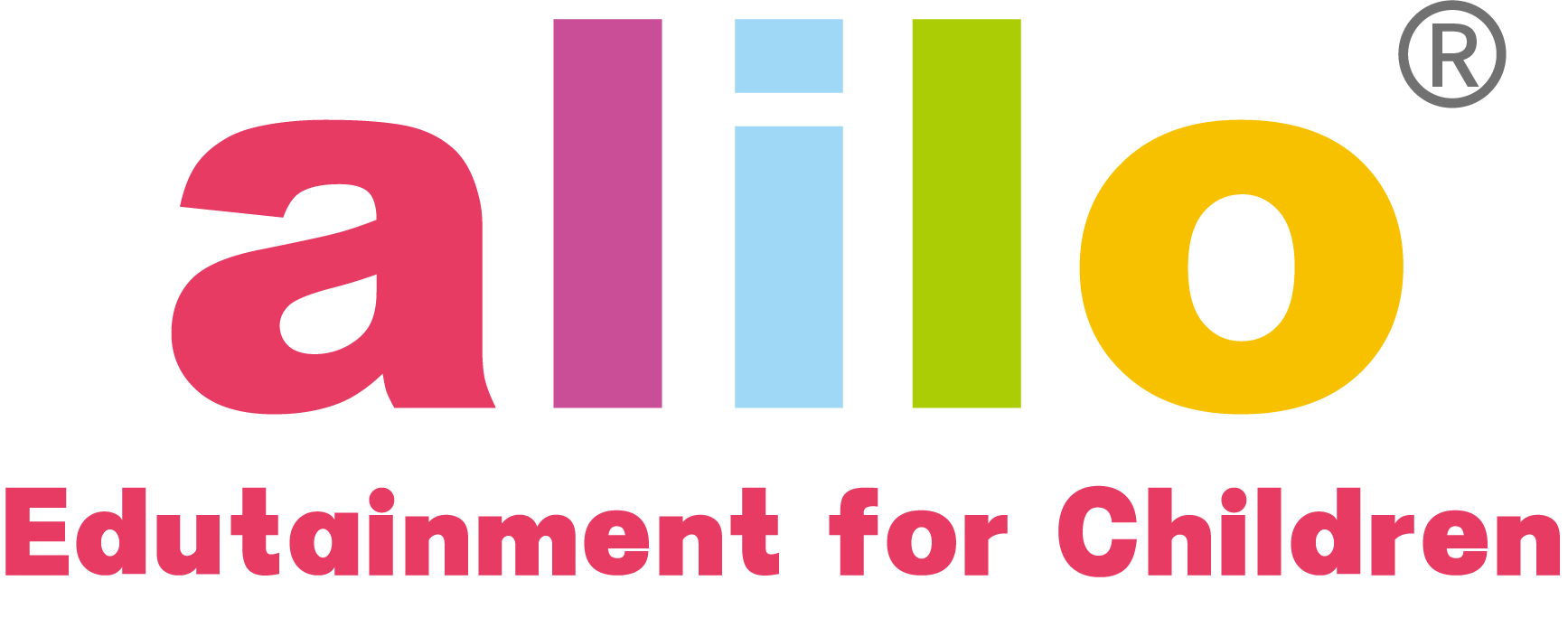
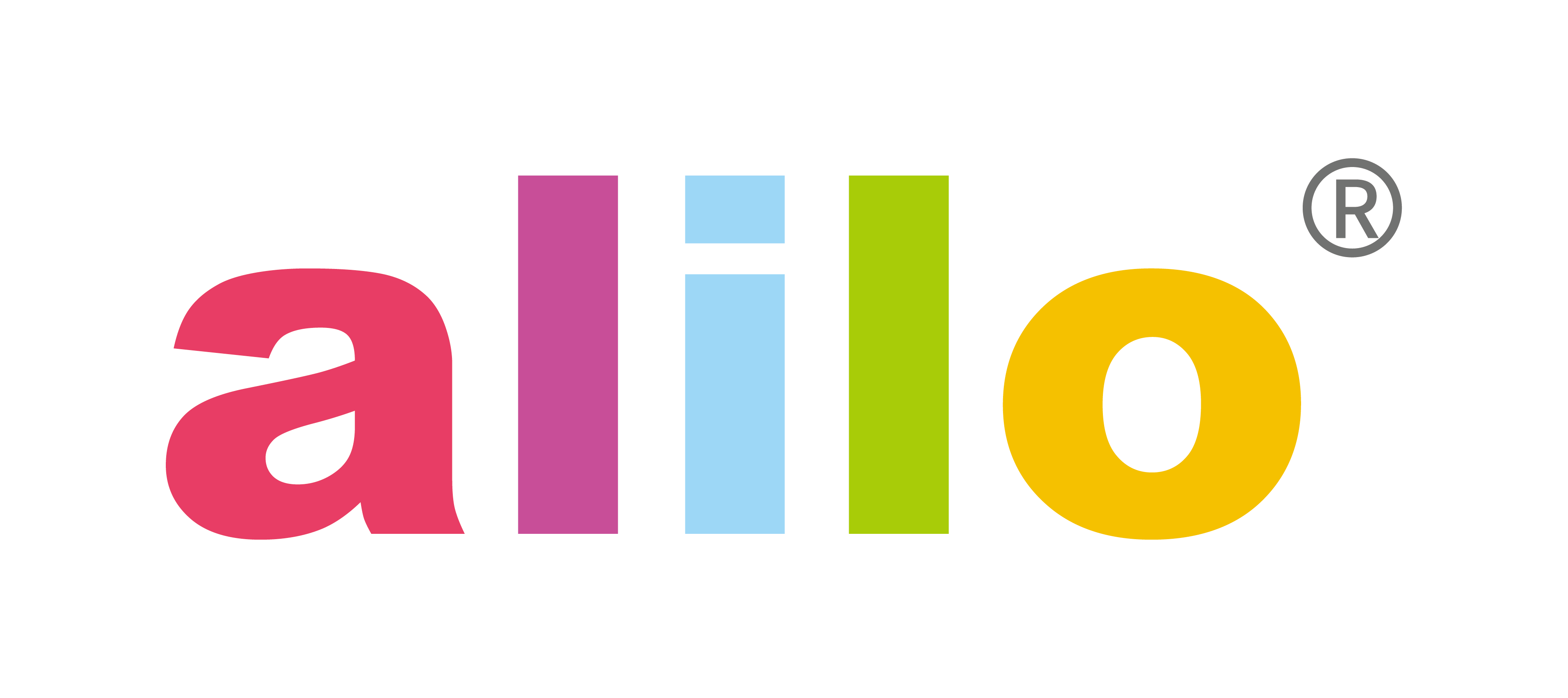
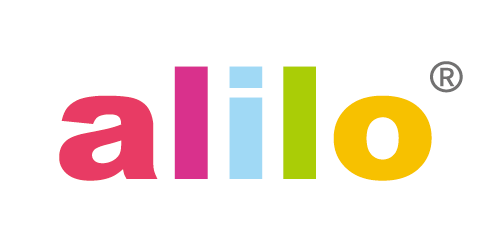
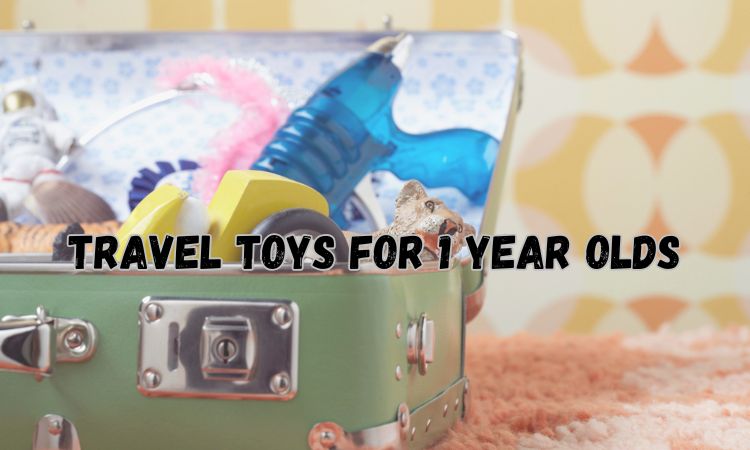

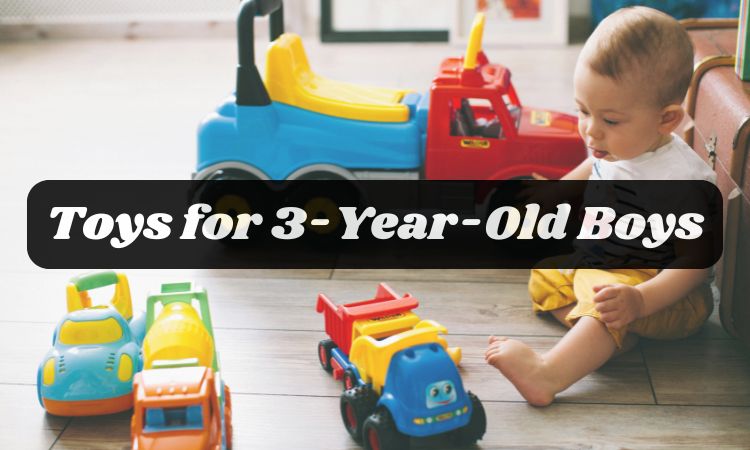
Share and get 5% off!
Simply share this product on one of the following social networks and you will unlock 15% off!